Enter the virtual world with the best VR headsets. Whether you’re looking for the latest in immersive gaming experiences, or you want to check out what the latest fitness and mindfulness apps have to offer, there is a perfect VR device out there for you.
VR headsets still feel a bit like sci-fi technology, but they’ve been around for years now and the field has really advanced from it’s early days of bulky headsets that needed a supercomputer to run them. Standalone devices like the Oculus Quest 2 (aka the Meta Quest 2) have revolutionized the VR space, letting you dive in for a relatively low entry price.
At the same time, there are still high-end VR headsets like the Valve Index that require a beast of a gaming PC to run them, but the rewards are well worth the investment, as VR gaming is really starting to come into its own with titles like Half Life Alyx and Beatsaber.
Tracking your movements, and showing your interactions play out on a screen right in front of your eyes, VR gameplay, videos, and experiences are among the most immersive moments that modern technology can offer at present. It’s almost hard to fully describe the sensation of stepping inside a virtually-realized environment, and the best VR headsets only enhance the comfort and immersion that can be found with these incredible gadgets.
So really, which VR headsets you should go for comes down to what you’re looking to get out of it. If you want to watch movies on a virtual cinema, and play a few games then the Oculus Quest 2 is perfect, but if you want more cutting edge tech and graphics, then you should look at other options from HTC, Valve, and HP. VR is also branching out away from games completely with devices like the HTC Vive Flow, which is a travel VR headset that plugs into your phone to escape the hustle and bustle of your commute.
Our guide to the best VR headsets covers what each device is best suited for, walking you through the tech specs, design, comfort, and price of each headset to help you make the right choice. And when you’ve decided, you can head over to our VR headset deals page to see if the headset you want is on offer anywhere.
Best VR headsets of 2022
1. Oculus Quest 2
Wirefree and self-contained, the Oculus Quest 2 is the perfect introduction to the delights of virtual reality. Relatively affordable, this wireless headset has everything you need to get into VR gaming right out of the box. It’s powerful enough to run some of the most enticing VR experiences without breaking the bank, and taps into Oculus’s ever-growing library of exclusive virtual reality titles.
Its screen isn’t the sharpest, but its wireless nature makes it one of the simplest to use and most comfortable to wear. And, for those really invested in the virtual reality scene, it will even work with titles originally designed exclusively for PC VR players. This is thanks to the Oculus Quest 2’s flexible support for additional wired gameplay through a PC, and wireless PC streaming connectivity for those with Wi-Fi connections powerful enough to support them.
2. Valve Index
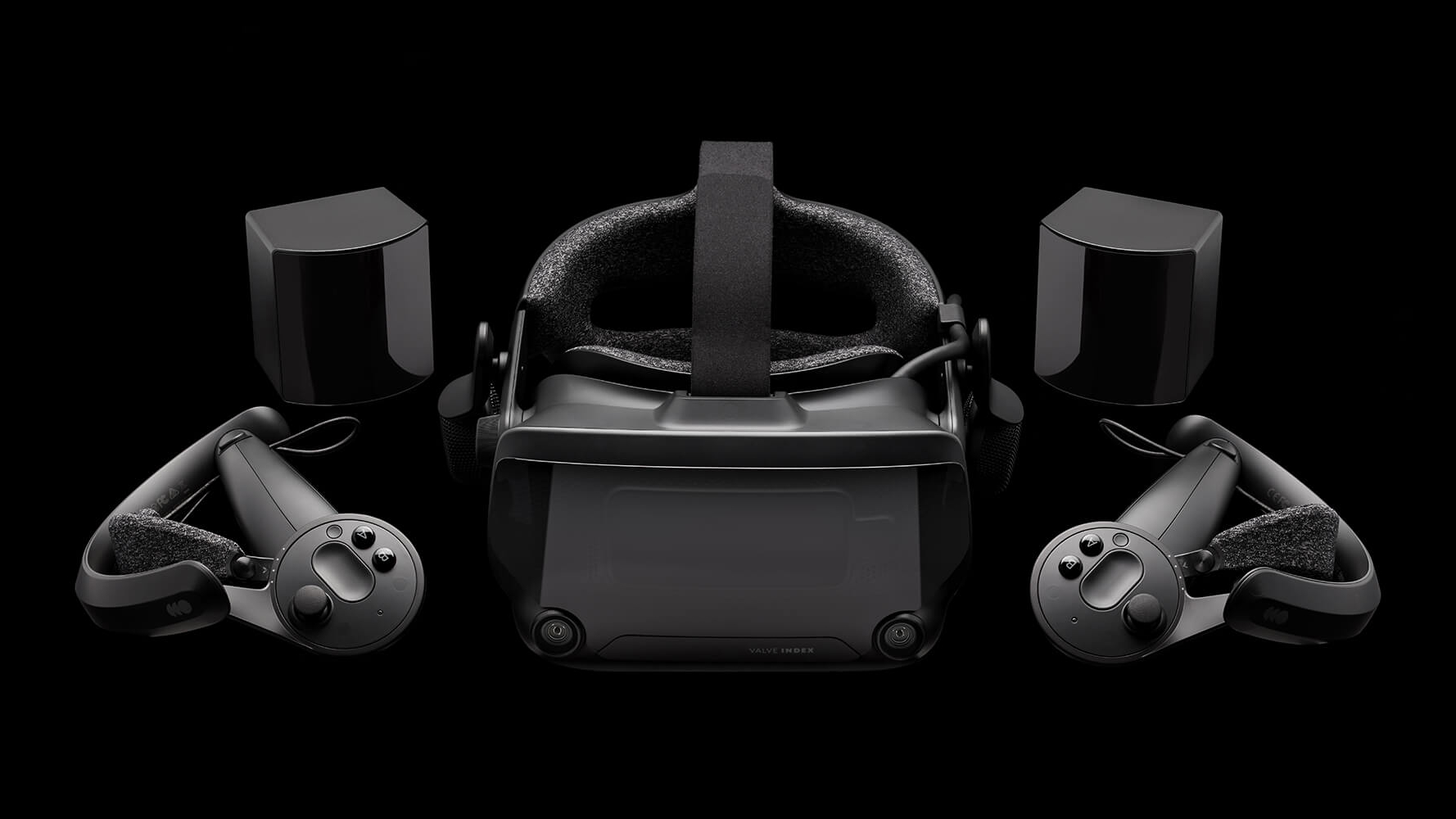
If you’re after the most luxurious of virtual reality experiences, you’re going to want to invest in a Valve Index headset. It’s one of the pricier devices on this list – not just because of its high specifications, which include a super-sharp screen and additional tracking stations that need to be dotted around the room, but also because there’s the expectation that you’ll be hooking this headset up to a relatively high-spec PC. There’s no wireless option with the Valve Index kit.
What you get instead is arguably the most immersive VR experience to date, thanks to the Valve Index’s wider field of view, high-resolution display, and ‘knuckle’ style controllers which allow you to use each of your fingers and thumbs individually in a VR environment. It’s the model for VR devices to come, and the perfect companion to the best VR experience yet – sci-fi horror adventure Half-Life: Alyx, which was made in conjunction with the Valve Index headset. It can be hard to come by, selling out regularly, and we’re expecting a refreshed model to turn up before long. But, if you can afford its price tag and accommodate its PC and room requirements, it’s the best VR experience money can currently buy.
3. PlayStation VR
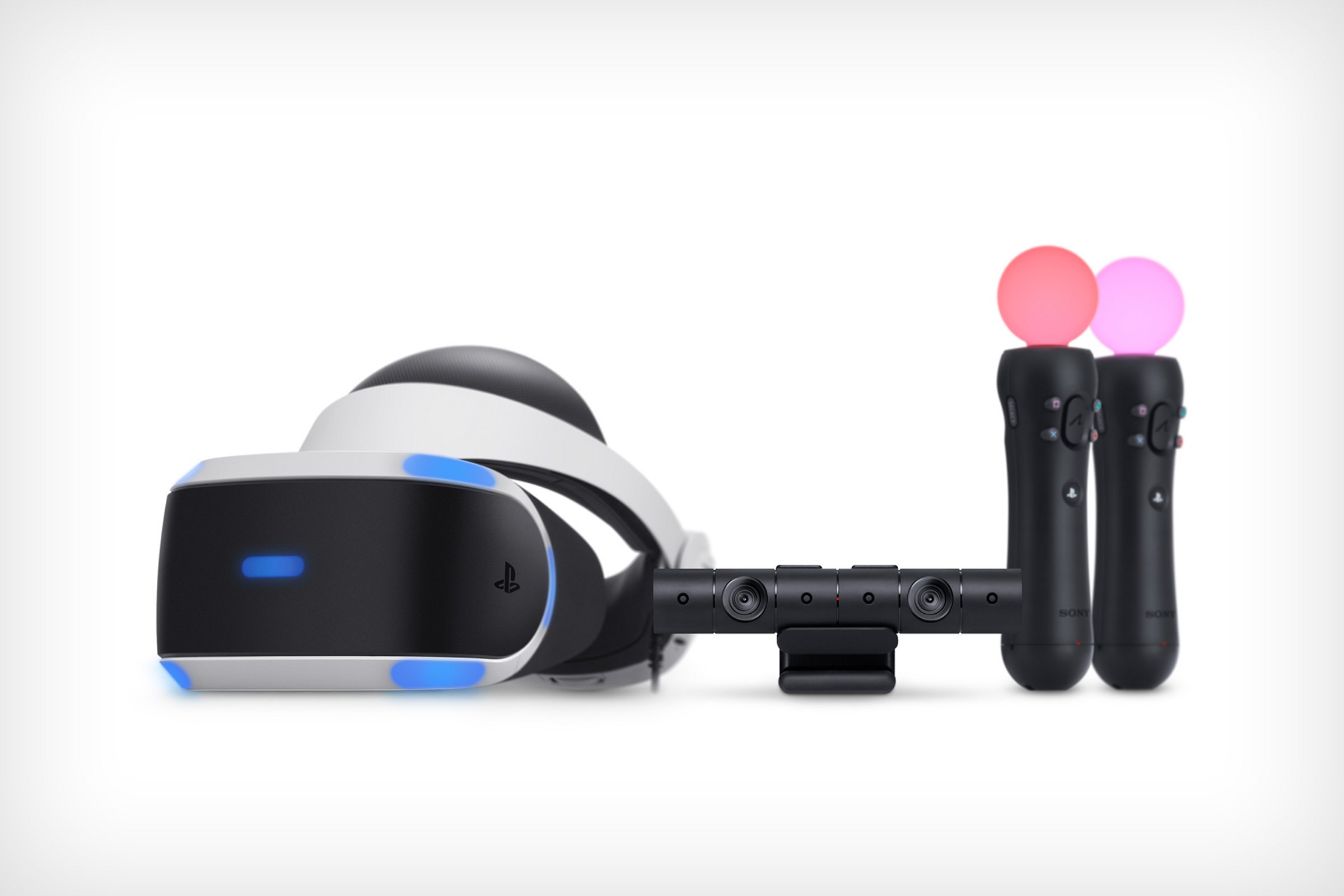
Considering the relatively low-powered PS4 console it’s tied to, the wired PlayStation VR (PSVR) headset still offers a damn good time for gamers. Leaning on its first party development studios and publishing pals, Sony amassed a great library of exclusive titles to play, including the delightful Astro Bot Rescue Mission, terrifying Resident Evil 7 (with PSVR-exclusive virtual reality mode), and James Bond-baiting Blood & Truth.
However, the PlayStation VR gear is now starting to look a little long in the tooth. Though regularly bundled with games well below RRP, its screen resolution is low, its controllers (based on an old PS3 motion controller design) are behind the pack, and its cable-laden breakout box is a faff to set up.
And while its hardware and software are compatible with the new PS5 console, a PSVR 2 has already been confirmed to be in the works at Sony HQ. If you’ve not already bought into the idea of VR on your PlayStation, it may be worth holding out for the sequel at this point, which promises much-improved controller ergonomics and far more detailed displays. There’s no release date for it yet, but we’re expecting to find out more later this year.
4. HTC Vive Pro 2
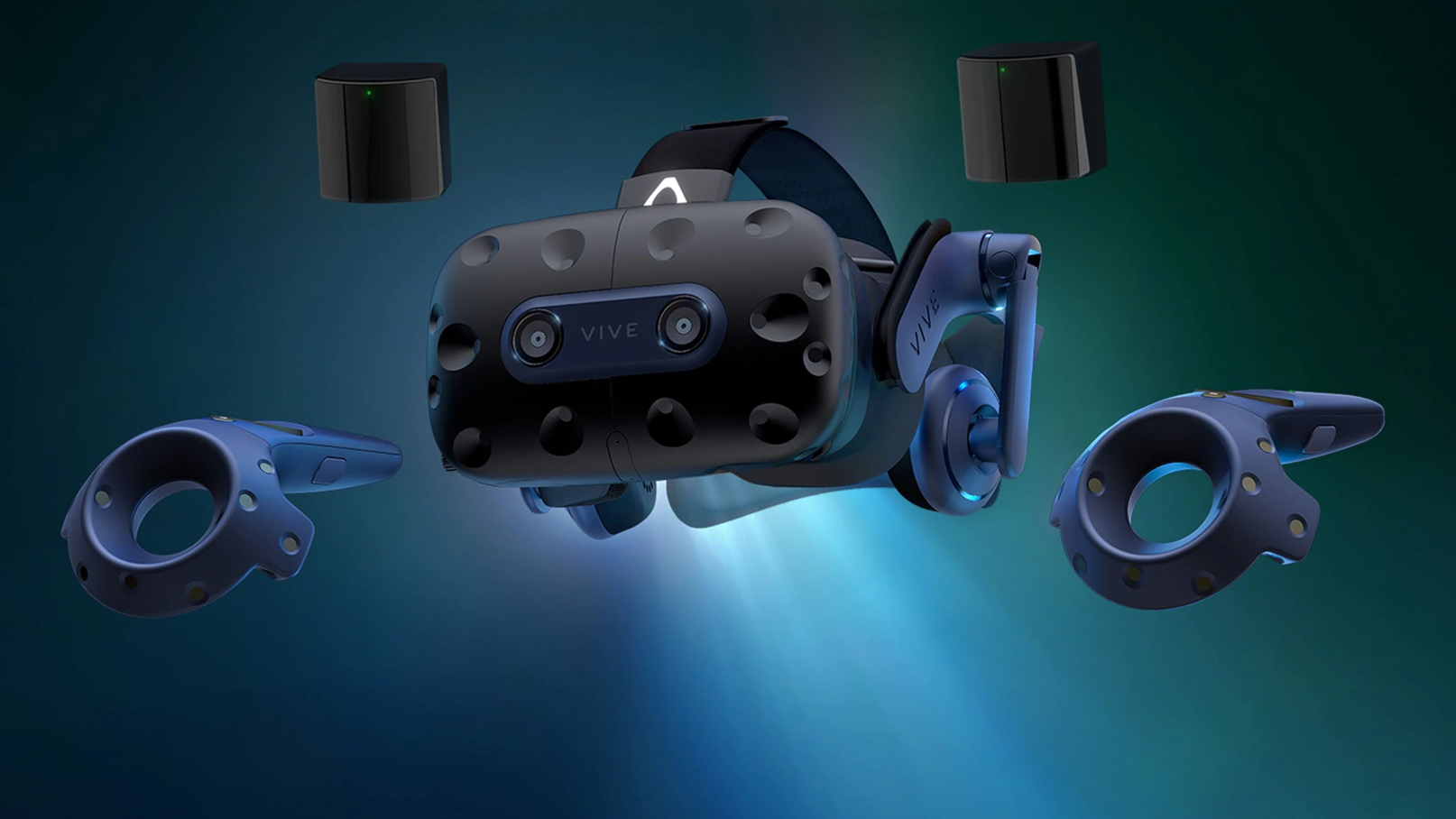
If you’re after sheer fidelity from your PC VR gaming experiences, you’ll struggle to find a better headset than the HTC Vive Pro 2. With a stonking 5K resolution, it’s about as sharp as VR headsets get before entering truly niche enthusiast territory. With a fast refresh rate and wide field of view, you’ll really be able to see every detail from your time in VR, to the point where you begin to approach photo-real quality in some high-end apps.
Alas, clarity like this comes at a high price, and we’re not just talking the expense of the HTC Vive Pro 2 kit itself. To be able to power this headset at any sort of stable framerate, you’re going to need a very high-specification PC and graphics card, which may make the whole endeavor prohibitively expensive.
And, considering the future-gazing spec sheet of the actual display technology in here, other elements of the package feel a little bit dated. A tethered unit, HTC hasn’t updated its wireless control sticks in a long time, and the power-socket-hungry base stations which track your movement (though accurate) can be frustrating to set up. That screen can run hot too – unsurprising, given the power needed to run it. It’s an incredibly premium experience from a visual perspective, but be aware of its limitations elsewhere.
5. HTC Cosmos Elite
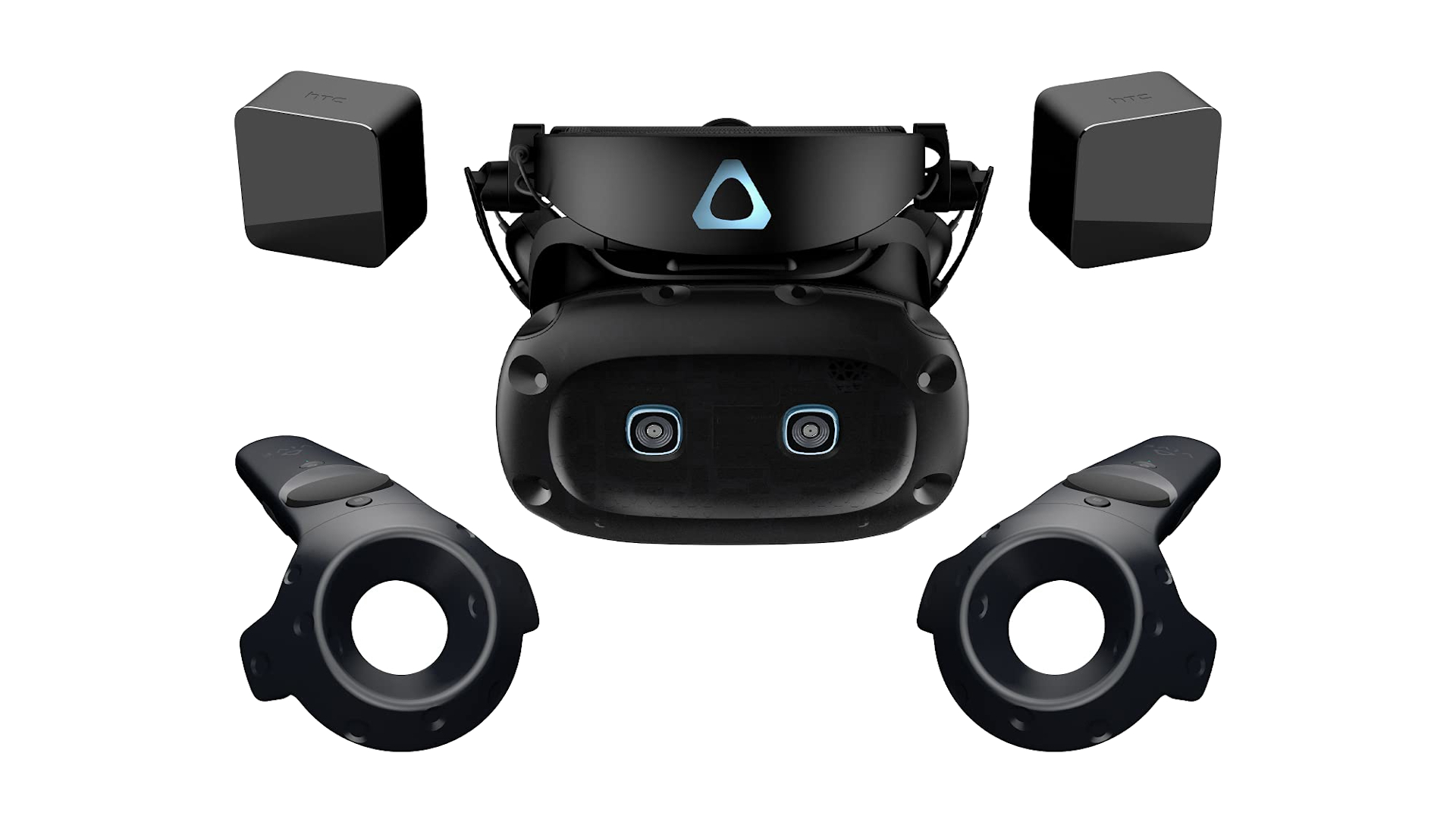
A bit older than the HTC Vive Pro 2, think of the HTC Cosmos Elite as its cheaper, less flashy sibling.
Though it doesn’t have the showstopping specs of the newer Vive Pro 2 model, it still has a lot going for it. Its base stations track movement well, its field of view is relatively wide, and its library of games (through both the Steam VR marketplace and HTC VIVEPORT subscription service) is deep and entertaining.
However, the failings of the Vive Pro 2 are apparent here also – it’s the same unwieldy controllers, and you’re still going to need to find places to pop its motion-tracking base stations around a room, too. All things considered, it’s still a solid VR choice though, especially if its advancing age means you can pick it up at a bargain price.
6. HP Reverb G2
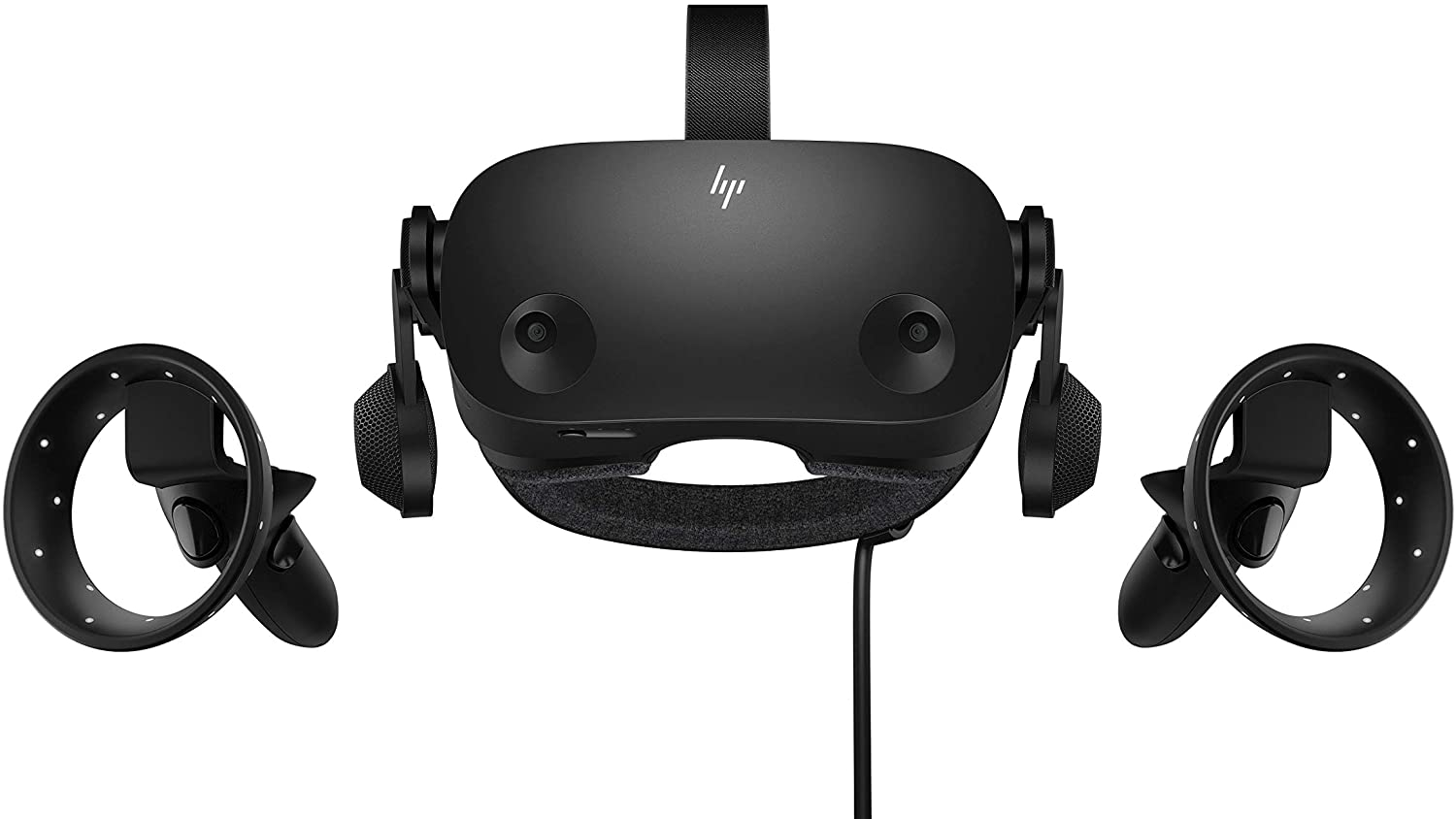
The HP Reverb G2 occupies an unusual place on this list. On the one hand, its high-resolution screens make it strong competition for the Valve Index and HTC Vive Pro 2, but then its lowly refresh rate means it can’t match the natural-feeling smoothness of either of those devices.
Then there’s its price – at $549 / £530.80, it’s in the same ballpark of affordability as the Oculus Quest 2 and PSVR. But it doesn’t come with controllers in the box, and its wired nature means you’re still going to need a rather powerful (read: expensive) PC to pair it with. And yet, it has a physical IPD slider (letting its lenses more accurately match the distance between your pupils), whereas the Oculus Quest 2 does not.
Throw some tracking issues into the mix, and a relatively tight field of view, and the whole package doesn’t quite come together. If you really must have a high-resolution display in your PC VR headset, and don’t want to totally break the bank, it’s a good option. With that said, there are more complete and satisfying set ups elsewhere on this list.
7. HTC Vive Flow
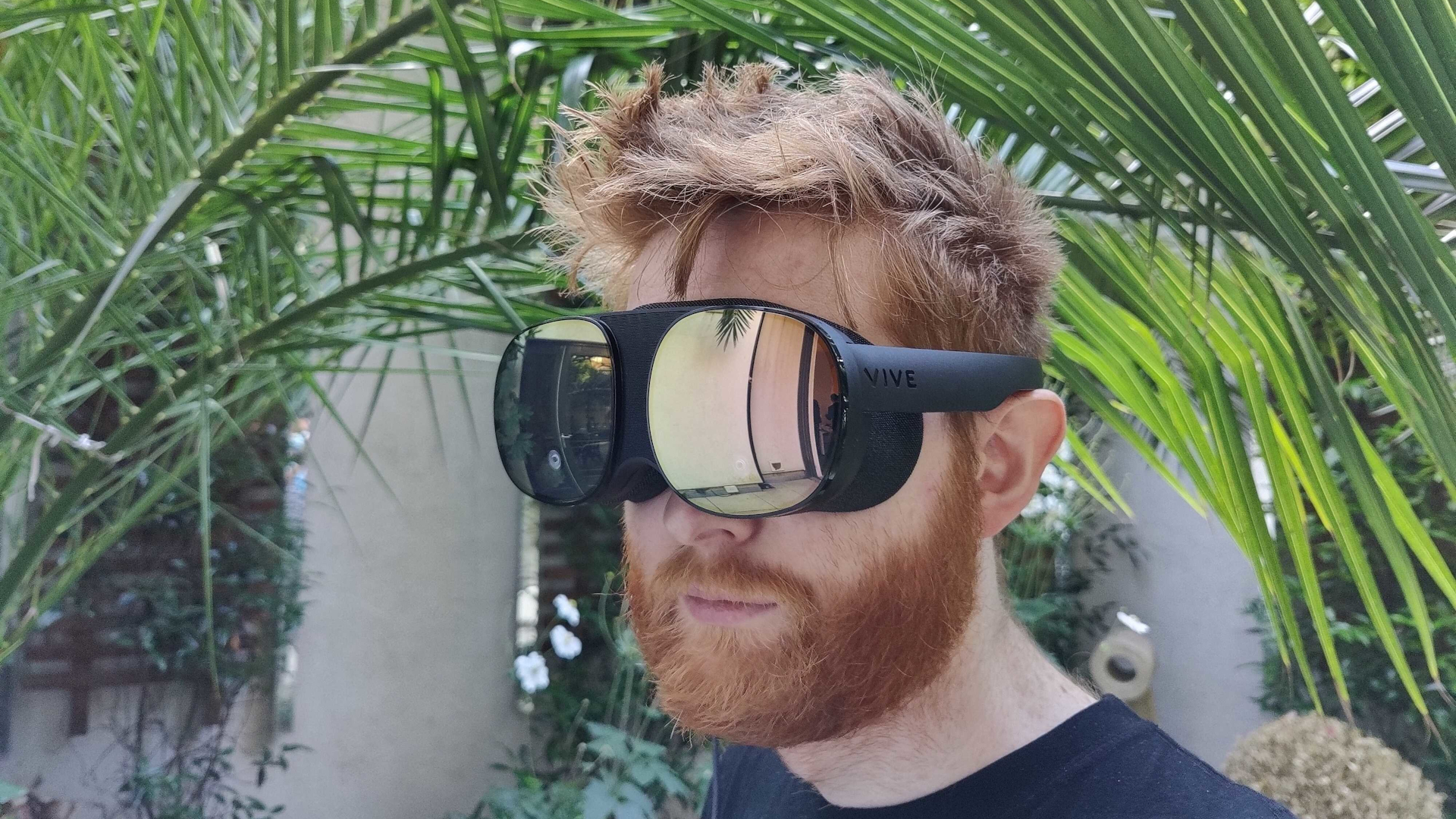
The Vive Flow may look like something a supervillain would wear, but these clever VR glasses make virtual reality much more lightweight.
Vive Flow connects to your smartphone to use it as a controller, while offering mindfulness content like nature treks and yoga classes through the goggles themselves. An active cooling system prevents the glasses from getting too steamy, too.
It’s also ideal for creating a distraction-free workspace, complete with cosy coffee shop vibes and relaxing music, or you can go the opposite way and enjoy immersive VR live concerts from the comfort of your own home. You can also use the Flow as a virtual cinema of sorts, so you can watch Netflix on a huge virtual screen no matter where you are.
If you’re looking for gaming potential, though, you won’t find it here – the Vive Flow is very much for business and relaxation, as opposed to experiences you’re playing an active role in. For Beat Saber or Pistol Whip on the go, we’d recommend the Meta Quest 2 instead.

